Bloomberg News | April 11, 2022

Credit: CME Group
The Chicago Mercantile Exchange, trying to capitalize on the London Metal Exchange’s nickel-trading crisis, is offering incentives to traders to boost its less-popular aluminum futures contract, according to people familiar with the matter.

Representatives of the Chicago exchange have approached major physical and financial players in the aluminum market in recent weeks, offering them credits, said the people, who weren’t authorized to speak publicly. The CME is expanding the reach of an existing program, which is mostly limited to brokers, to other market participants like traders and banks, according to one of the people.
The Chicago exchange’s push comes about a month after an unprecedented squeeze in the nickel market sent the metal soaring by 250% in just two days, prompting the LME to halt trading and ultimately cancel trades. While the chaos was limited to the nickel market, it prompted base metals traders to question the LME’s ability to handle potential crisis situations in the higher volume markets of aluminum and copper.
“The crisis that surrounds the LME right now represents a golden opportunity for the CME,” said Jorge Vazquez, managing director at Harbor Intelligence, in a phone interview.
A spokeswoman for the LME declined to comment.
The CME’s existing incentive program began Feb. 1 and is scheduled to expire July 31.
Under that program, the CME offers a $125 credit per side to members and nonmembers on each side of an aluminum trade cleared through its Clearport system, according to a document seen by Bloomberg. It offers a $125 credit to members and a $75 credit to nonmembers via its Globex system. Credits are capped at $30,000 per month per participant.
Still small
It’s not the first time CME has tried to gain a foothold in the LME’s territory.
In 2014, buyers had to pay a significant premium to ship aluminum to the U.S. Midwest when banks and trading houses joined in so-called “merry-go-round deals” at LME warehouses to collect higher rents. Burned by bottlenecks, traders in 2016 turned to aluminum premium hedging contracts that the CME launched to help purchasers of the physical metal hedge against fluctuations in the cost to deliver it.
But even if the CME is able to make inroads after the nickel crisis, its much smaller aluminum contract is still unlikely to challenge the LME as the global exchange of choice for the metal any time soon. The CME’s intention is to build open interest in the May and June futures above 1,000 contracts to entice other players like funds that need a certain minimum liquidity to participate, according to one of the people.
The CME’s aluminum futures contract has been around for years and seen little pickup by physical players like trading houses, producers and end-users like beverage and packaging companies.
Aggregate open interest for London was at nearly 600,000 contracts, or 15 million tons, as of last week’s close. That compares with about 300 contracts, or 7,500 tons, of open interest on the CME. However, the market traded more than 9,000 contracts on the CME during the week that ended April 8, the most since August.
(By Joe Deaux, Jack Farchy and Archie Hunter, with assistance from Mark Burton)
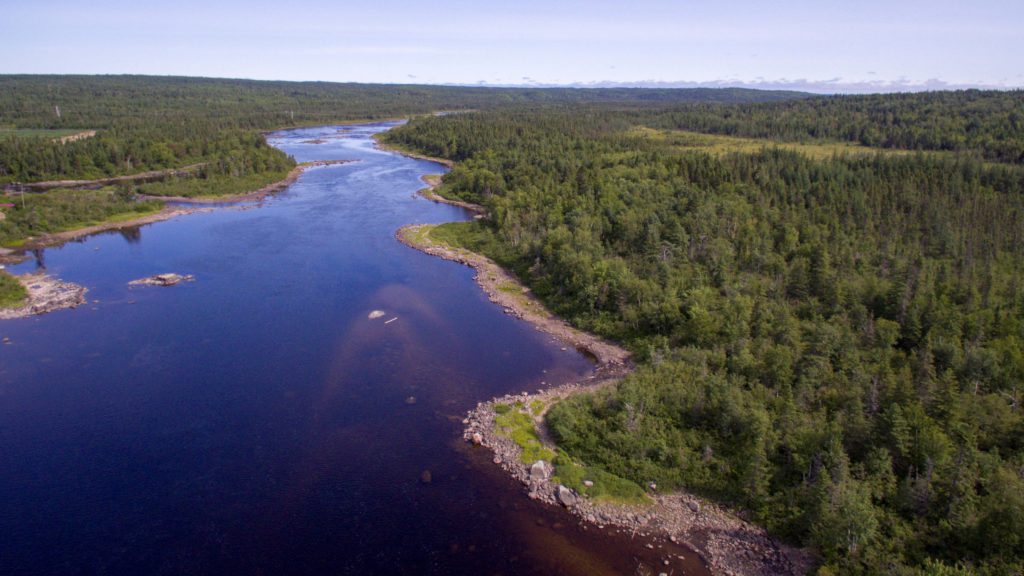
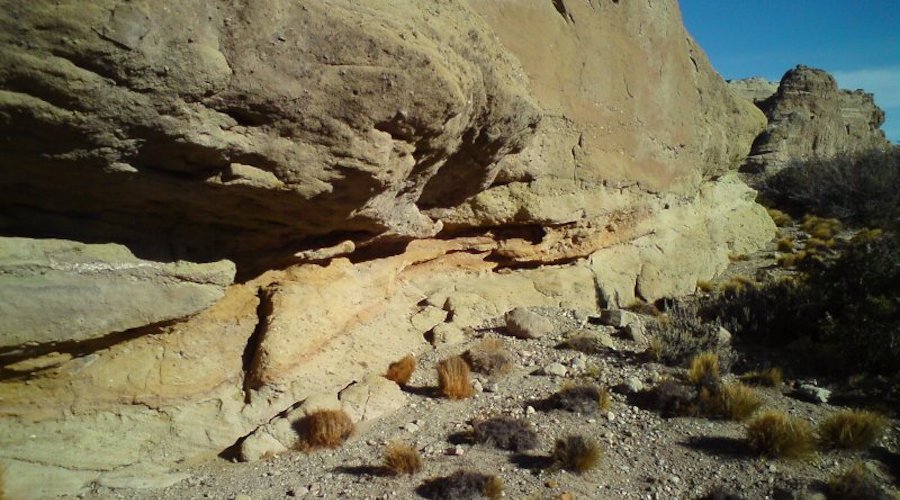
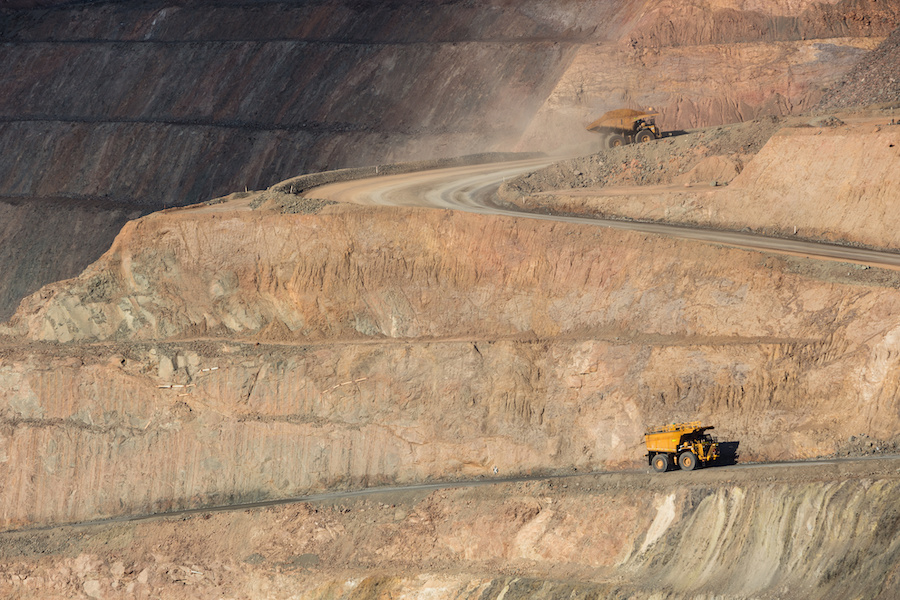

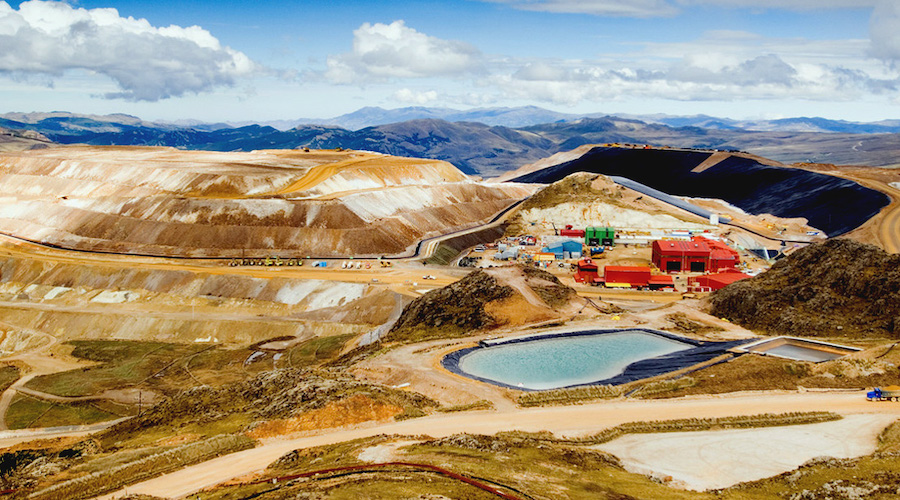
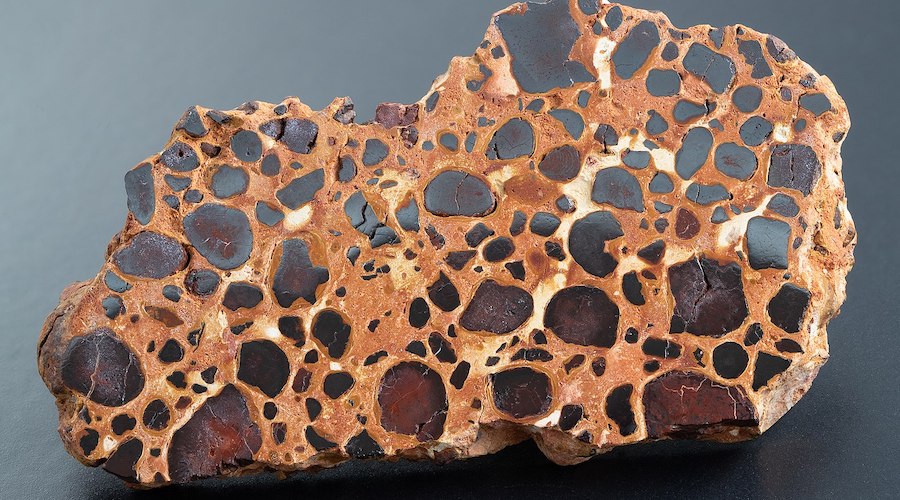
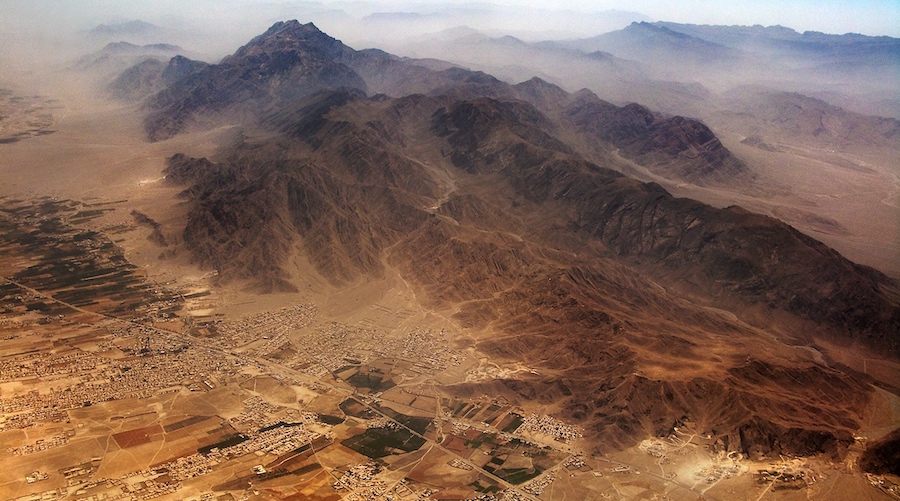
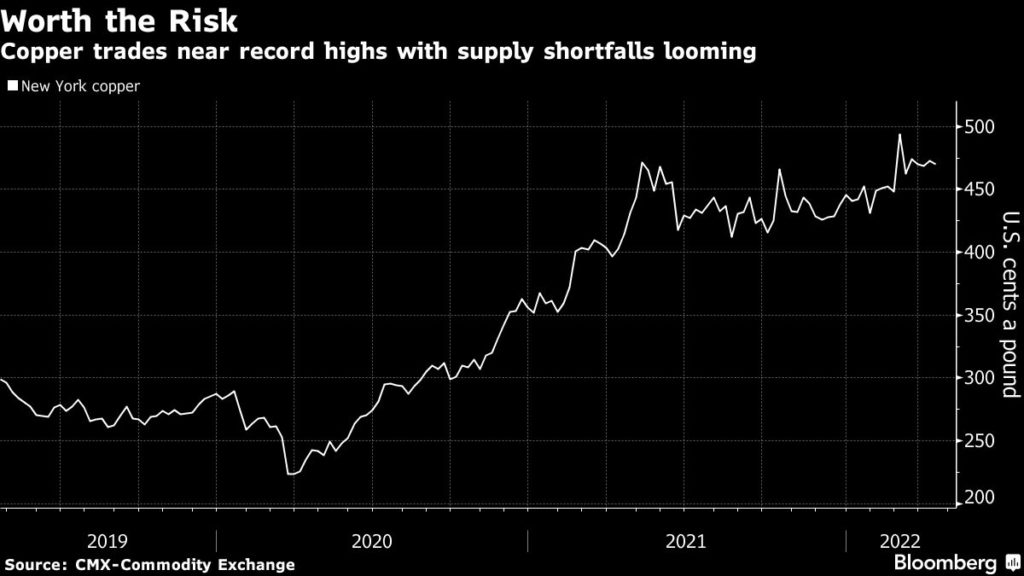
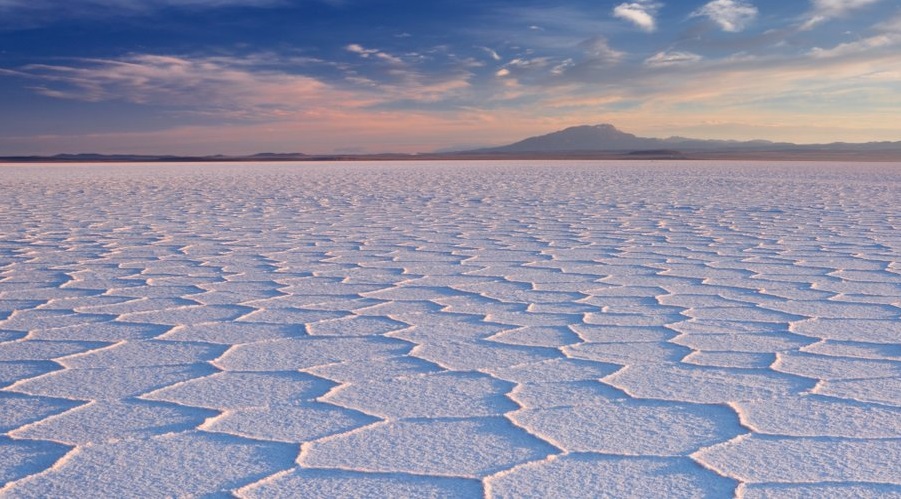
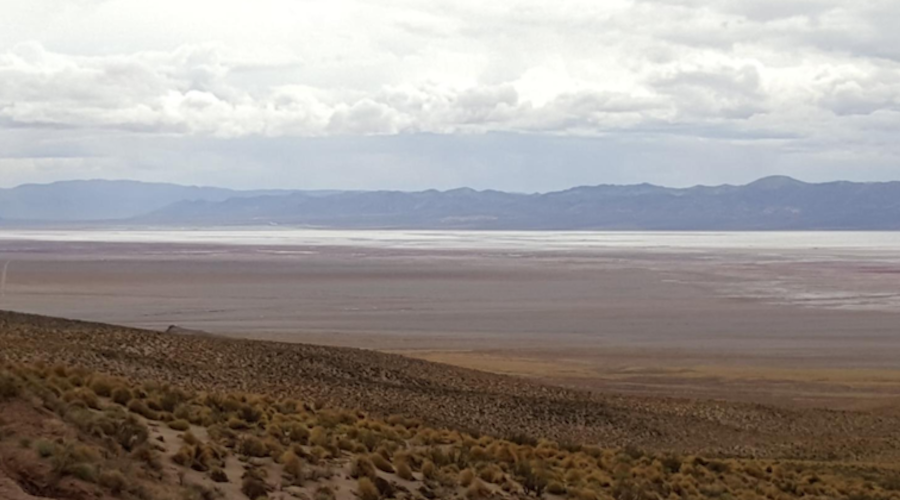
.jpg?ext=.jpg) The Pripyat River (Image: Energoatom)
The Pripyat River (Image: Energoatom)